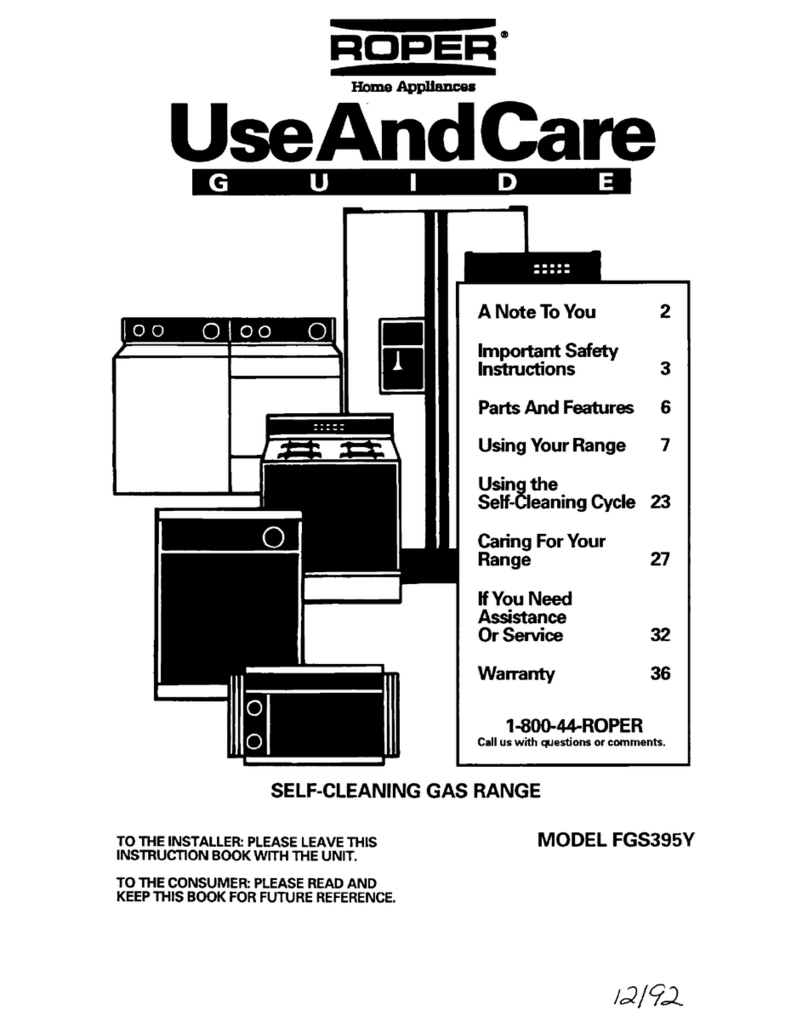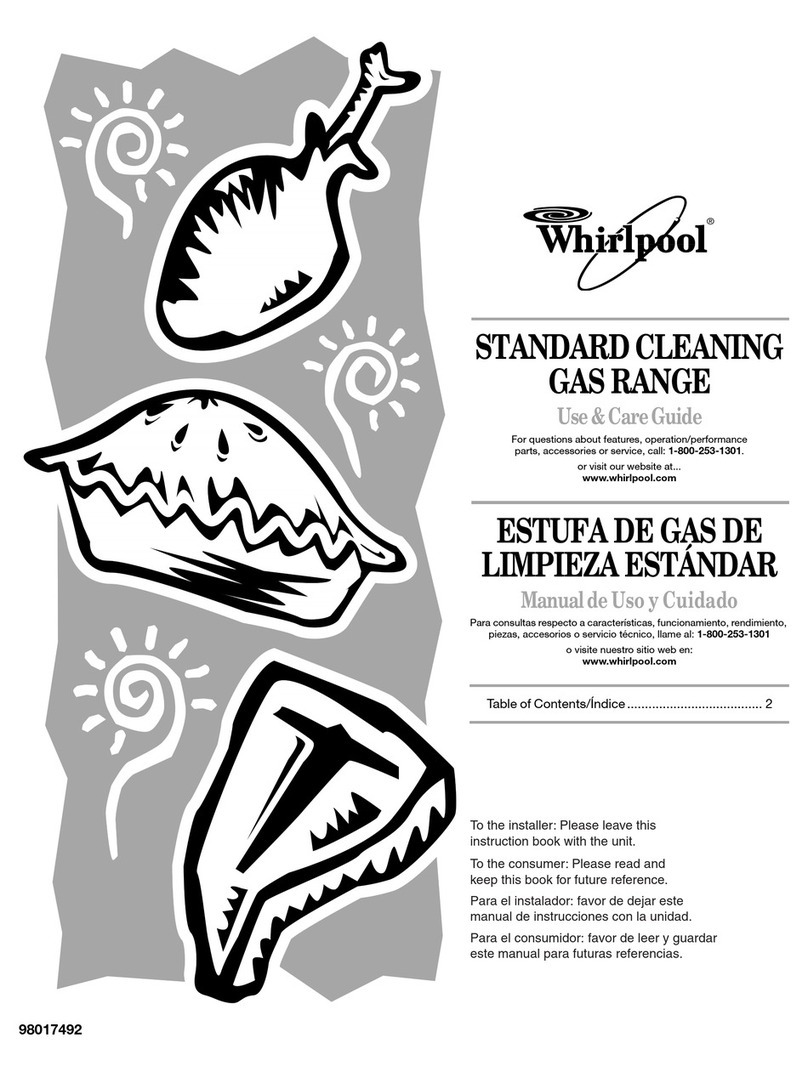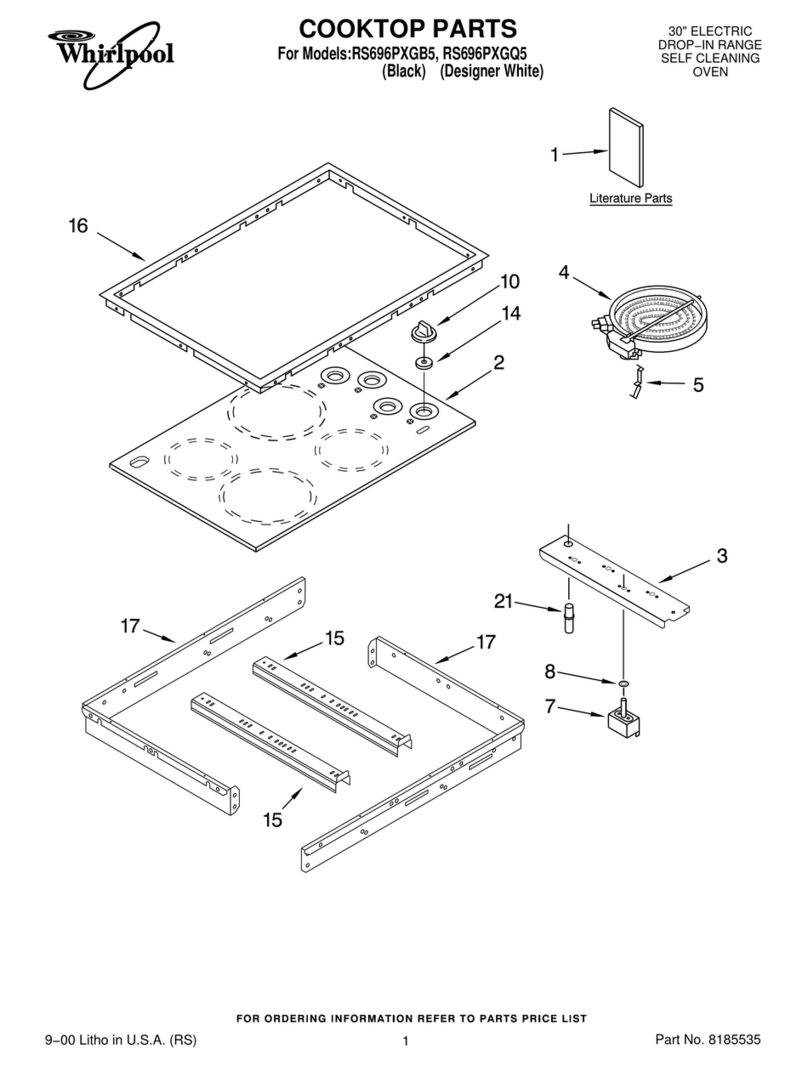Whirlpool RF395PXP User manual
Other Whirlpool Range manuals
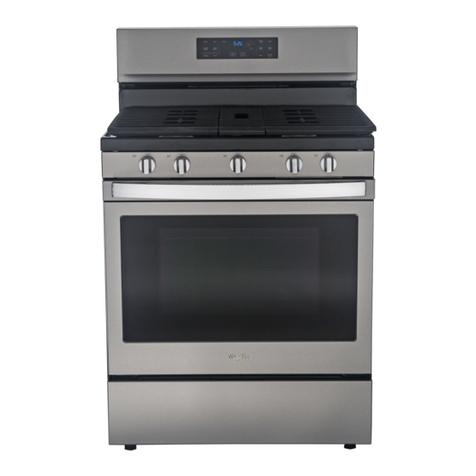
Whirlpool
Whirlpool WFG550S0 User manual
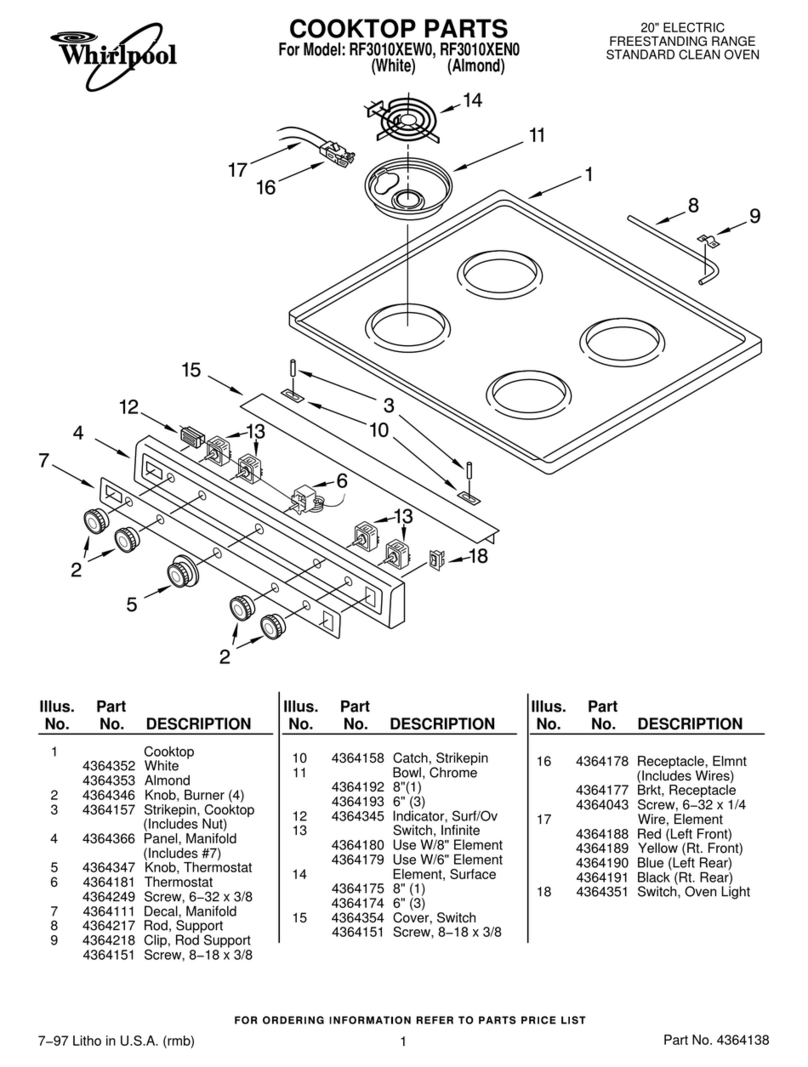
Whirlpool
Whirlpool RF3010XEW User manual
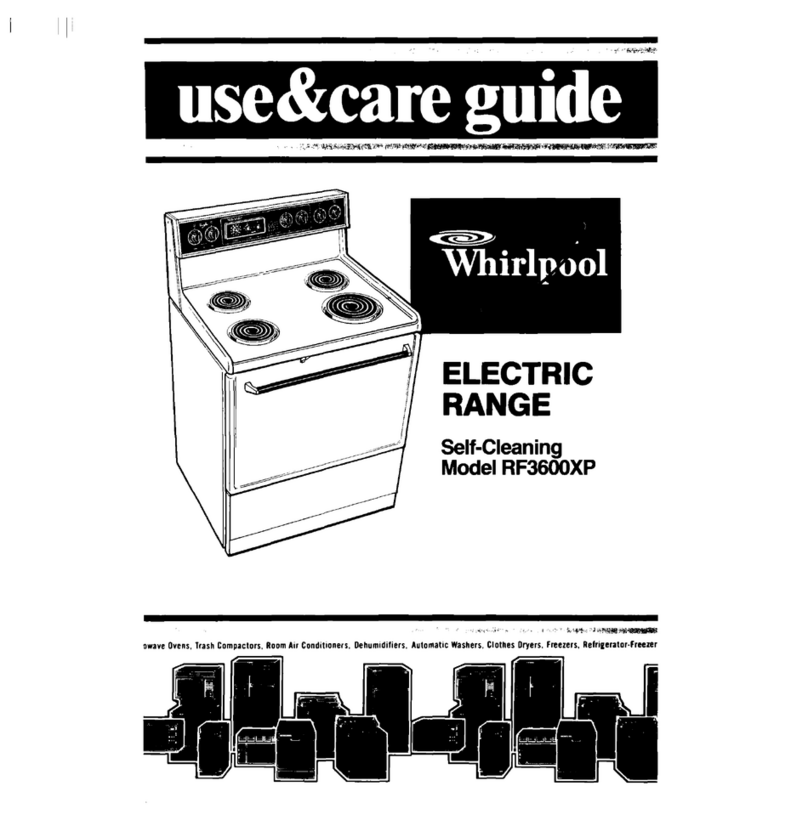
Whirlpool
Whirlpool RF3600XP User manual
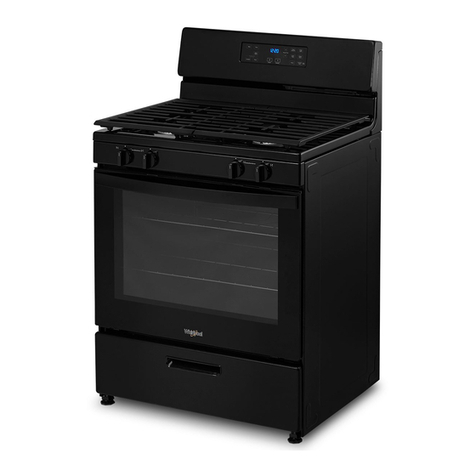
Whirlpool
Whirlpool WFG320M0MS User manual
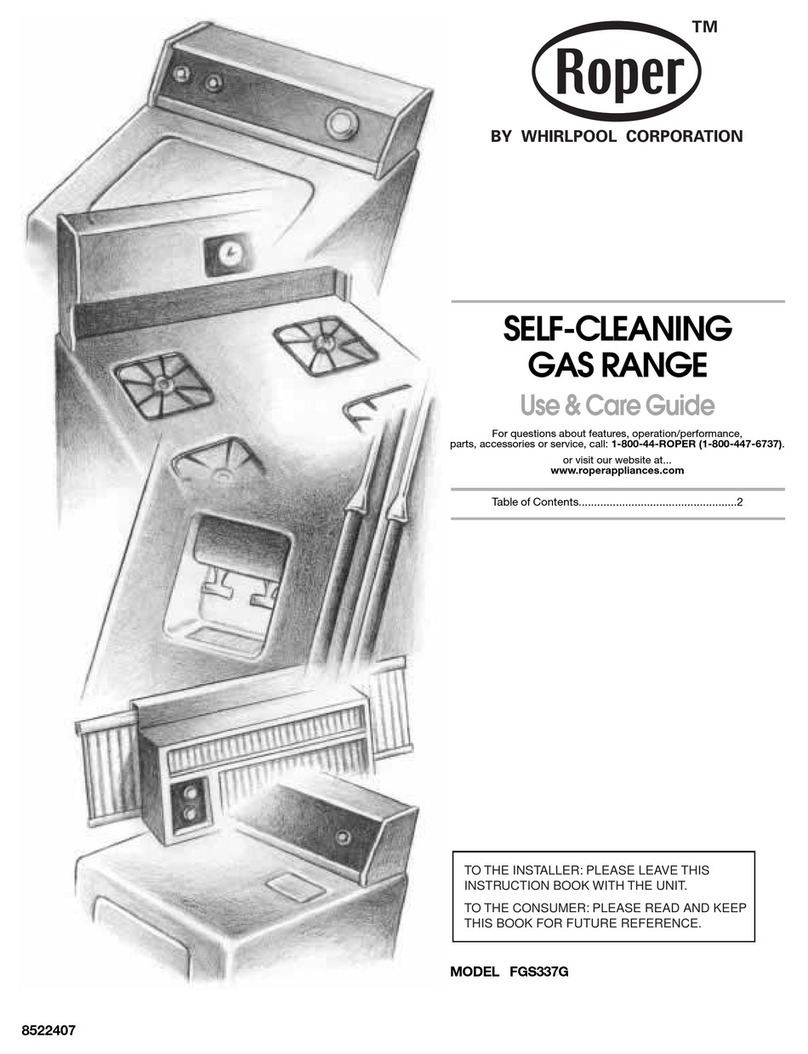
Whirlpool
Whirlpool 8522407 User manual
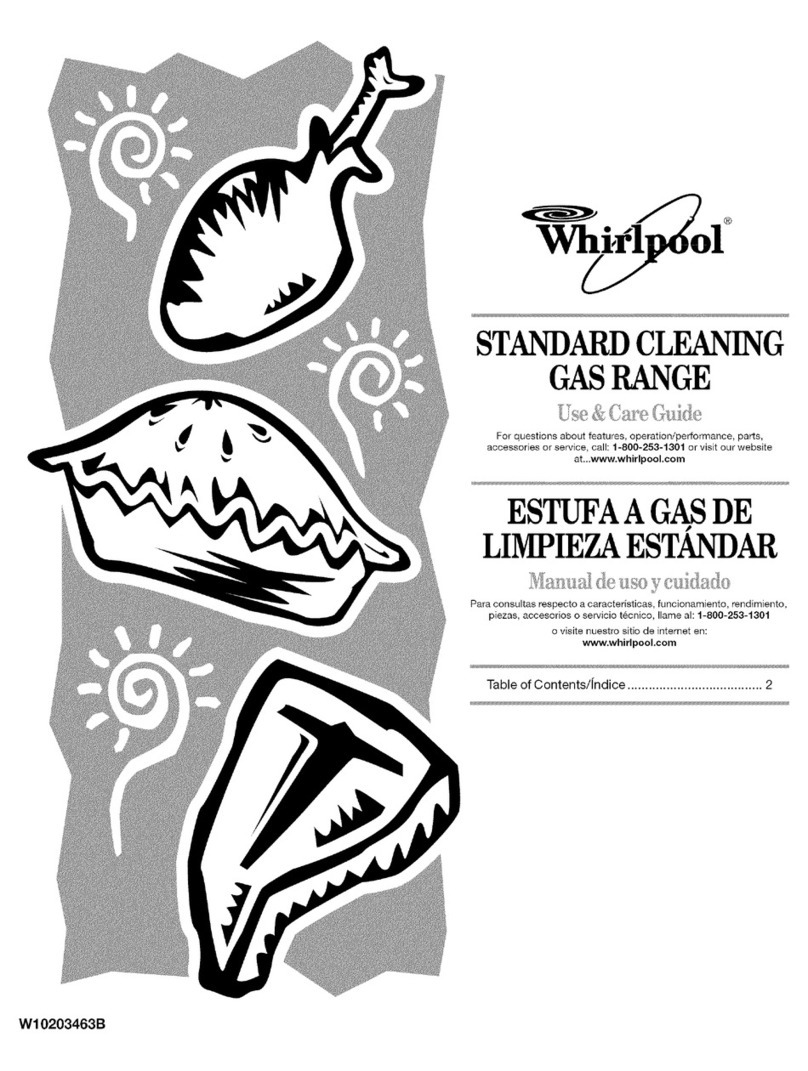
Whirlpool
Whirlpool SF216LXSM2 User manual
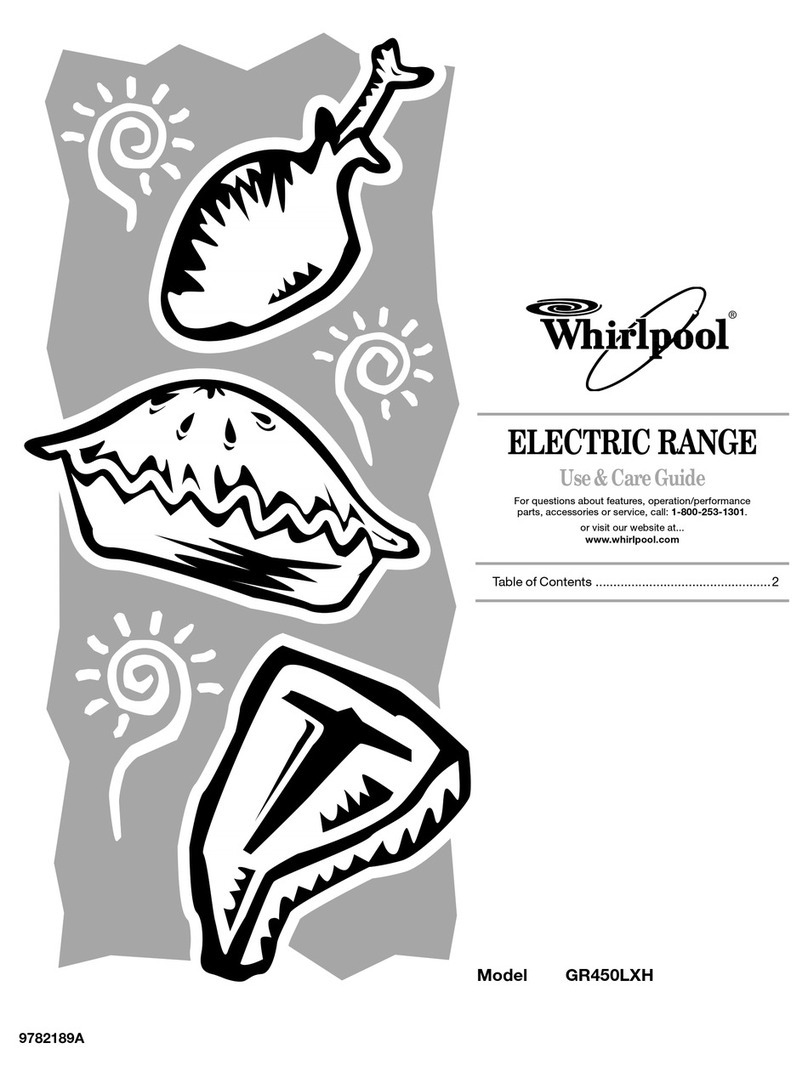
Whirlpool
Whirlpool GR450LXH User manual

Whirlpool
Whirlpool RF398PXW User manual
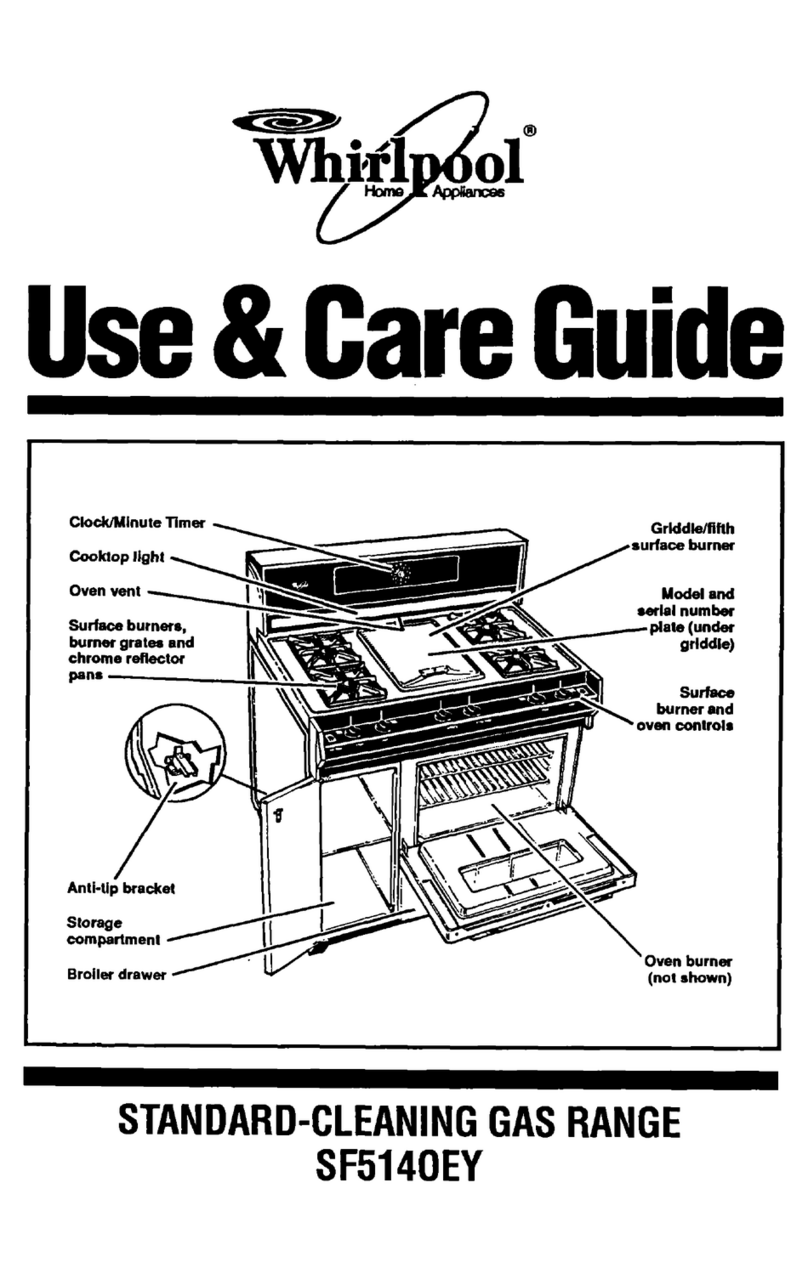
Whirlpool
Whirlpool SF5140EY User manual
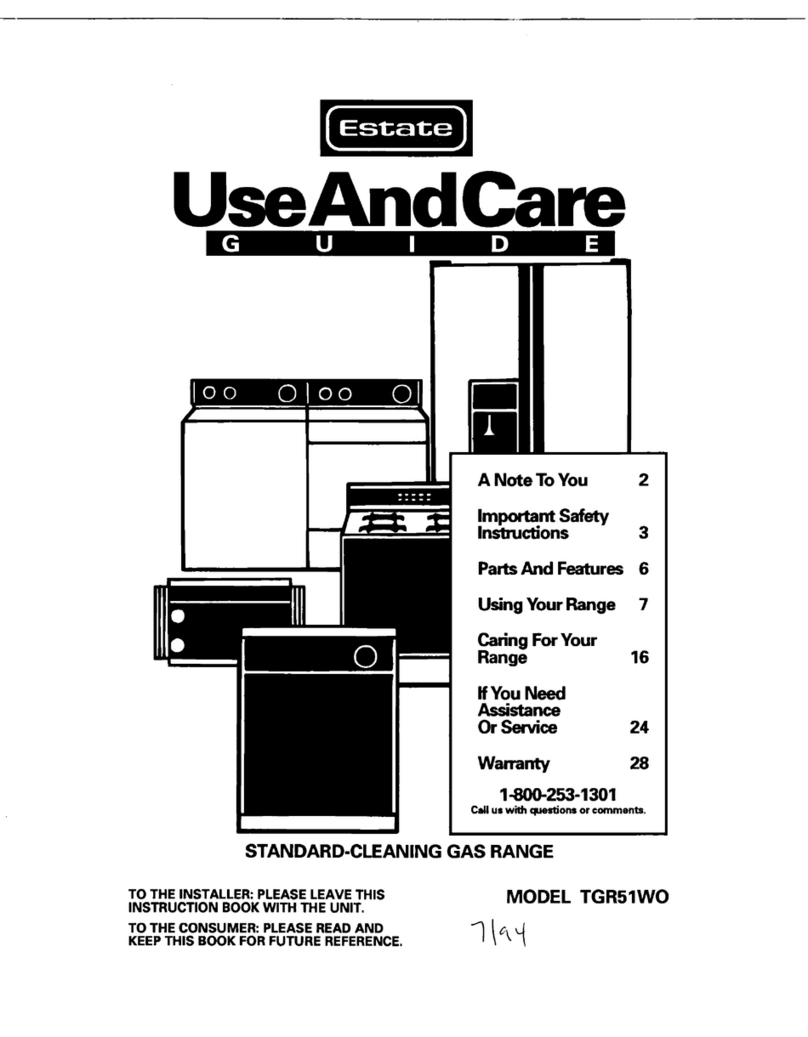
Whirlpool
Whirlpool TGR51WO Installation instructions

Whirlpool
Whirlpool SF362LXTB1 User manual

Whirlpool
Whirlpool SF272LXTD2 User manual
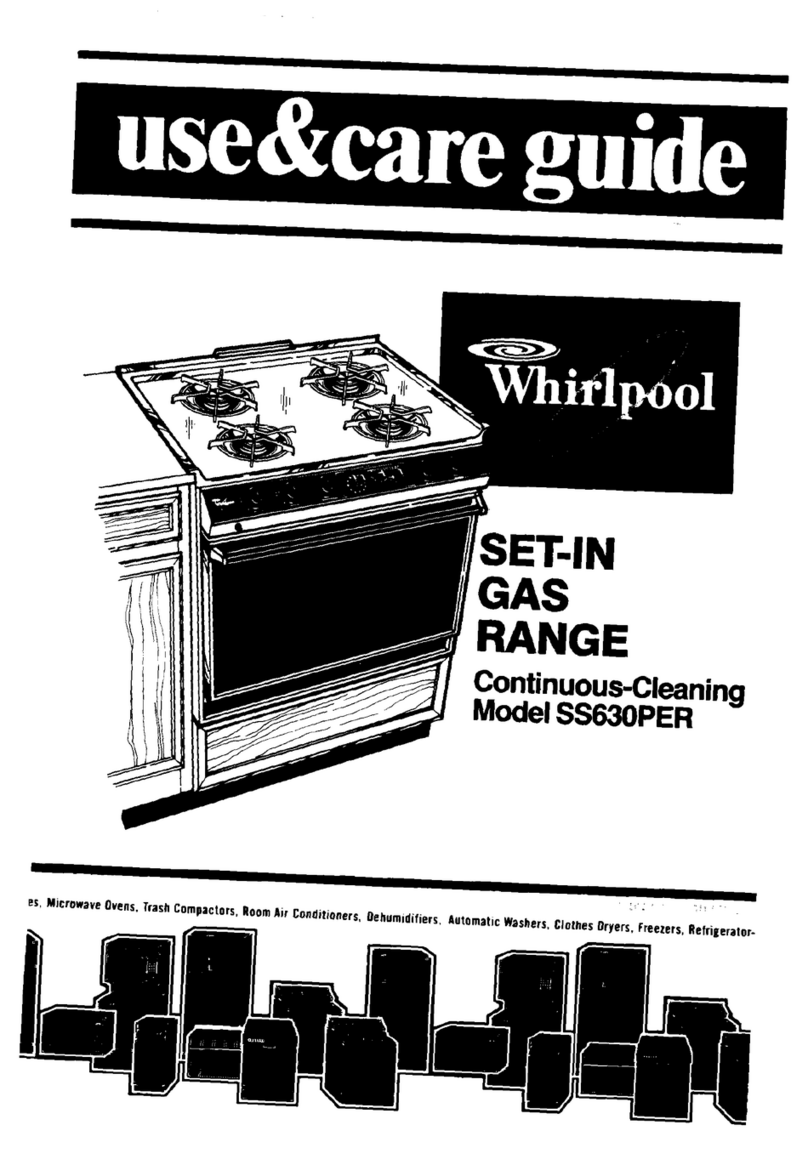
Whirlpool
Whirlpool SS63OPER User manual
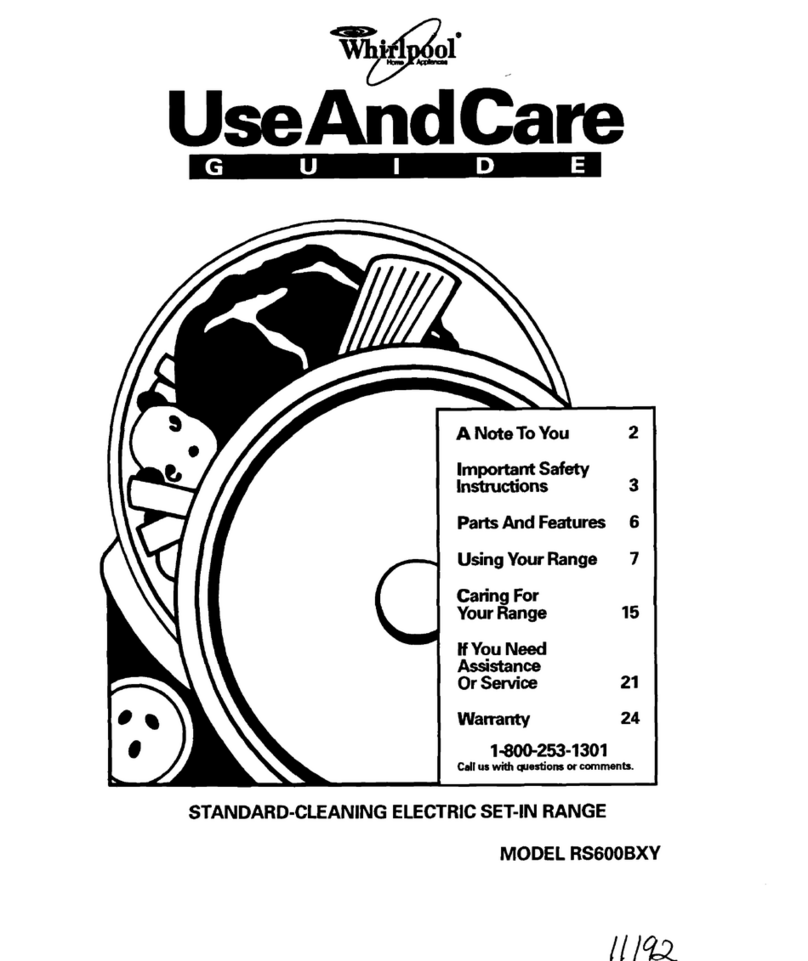
Whirlpool
Whirlpool RS600BXY User manual
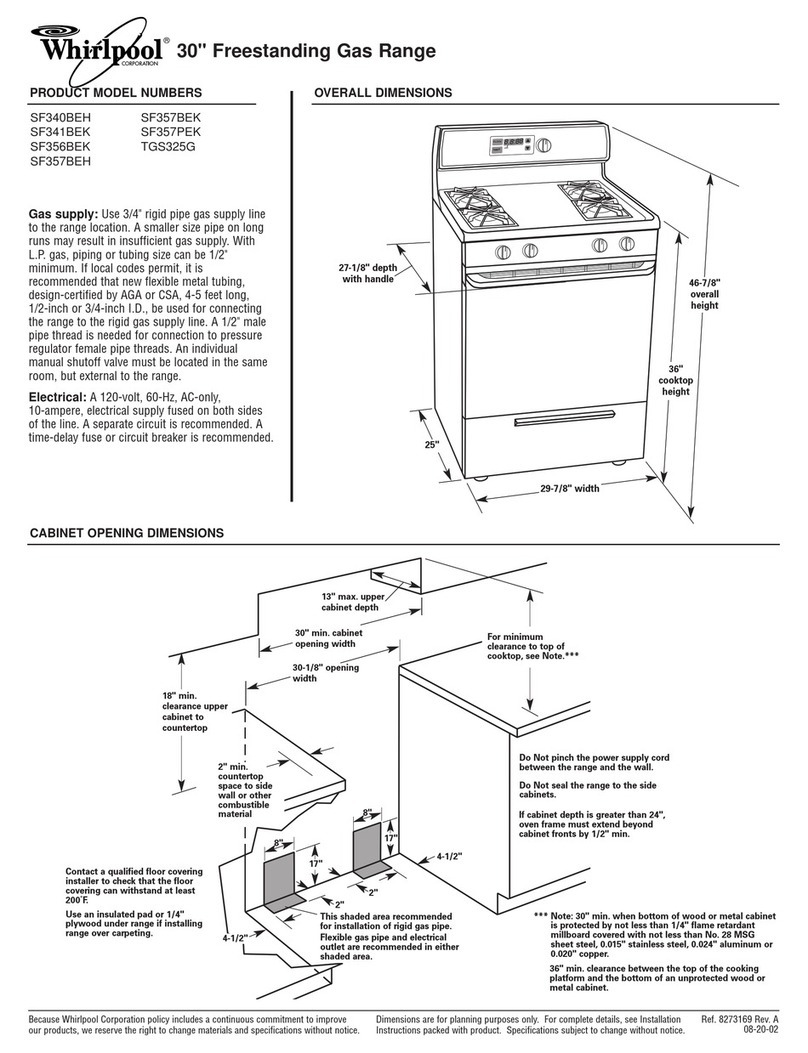
Whirlpool
Whirlpool SF340BEH User guide

Whirlpool
Whirlpool Gold SF114PXS User manual
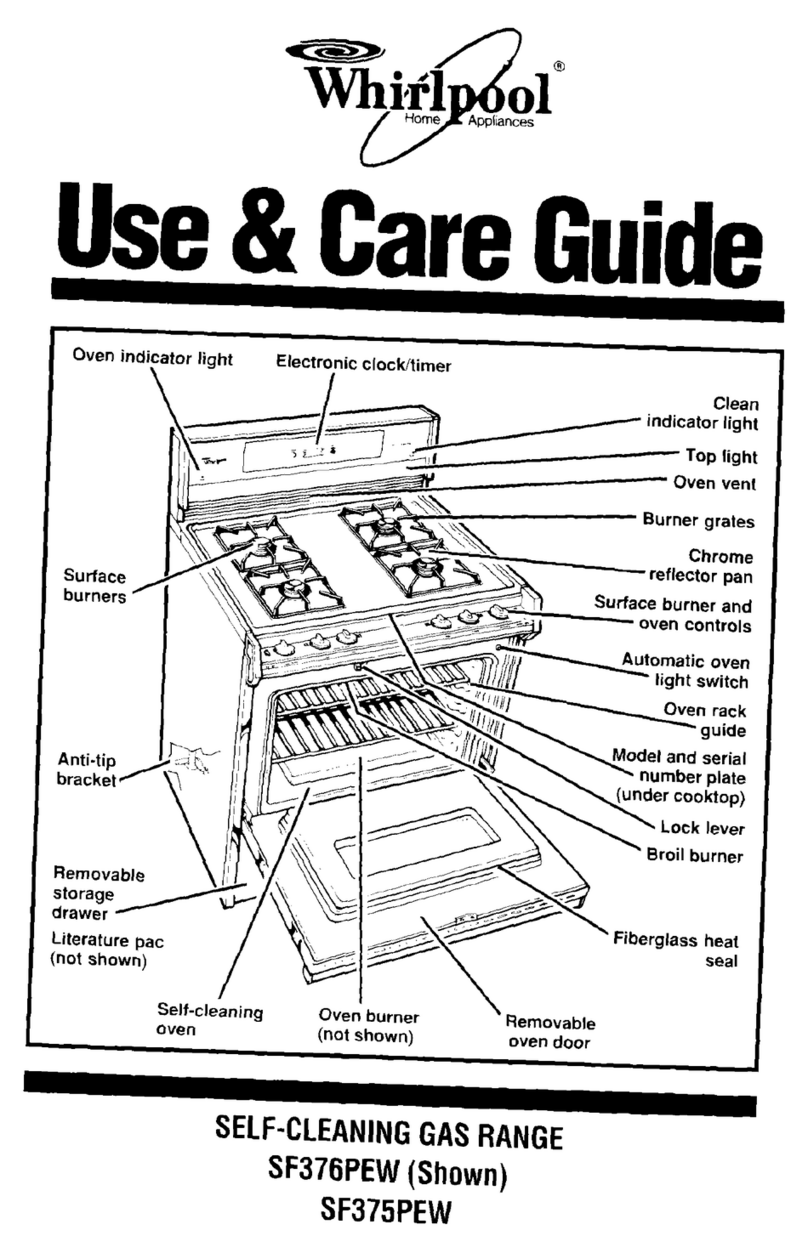
Whirlpool
Whirlpool SF376PEW User manual

Whirlpool
Whirlpool SF395LEEQ0 User manual

Whirlpool
Whirlpool RF302BXYQ0 User manual
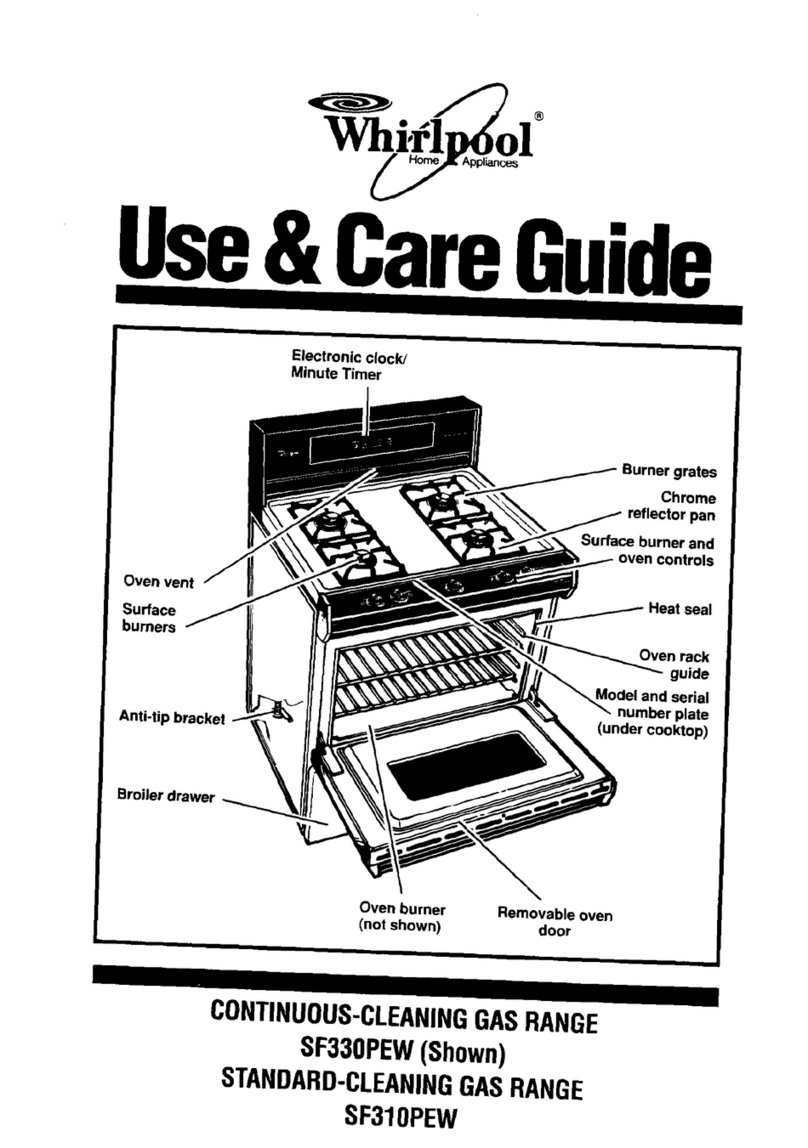
Whirlpool
Whirlpool SF330PEW User manual
Popular Range manuals by other brands

Maytag
Maytag MGR5875QDW - 30 Inch Gas Range Use and care guide

Frigidaire
Frigidaire FFGF3024SS use & care

Capital
Capital Precision Series GCR484W Specifications

Officine Gullo
Officine Gullo GGS8P Installation and use instruction

LG
LG LSD4913 Series owner's manual

Kenmore
Kenmore 4101 - Elite 30 in. Slide-In Electric Range installation instructions
